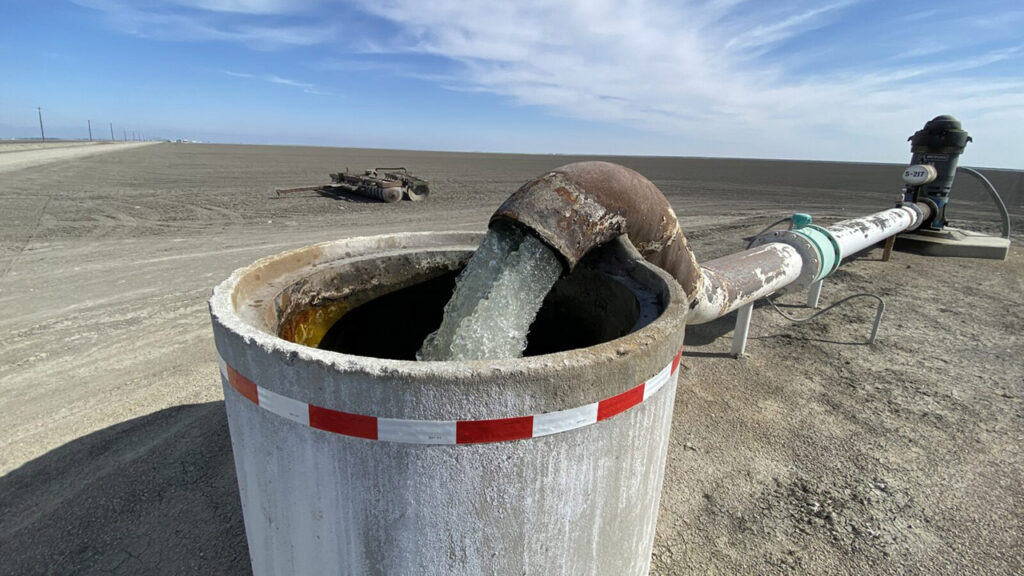Share
While visiting San Luis Reservoir on Monday afternoon, Gov. Gavin Newsom proposed a $5.1 billion package for immediate drought response and long-term investments in water.
The governor’s goal is to build regional capacity to endure drought and safeguard water supplies for communities, the economy, and the environment.
Newsom’s proposal came as part of his week-long state tour highlighting his $100 billion California Comeback plan. The plan focuses on COVID-19 recovery tackling enduring challenges facing the state.
The first-term Democratic governor also is facing a recall effort that likely will make the ballot in late 2021.
“Shoring up our water resilience, especially in small and disadvantaged communities, is imperative to safeguarding the future of our state in the face of devastating climate change impacts that are intensifying drought conditions and threatening our communities, the economy, and the environment,” Newsom said.
“This package of bold investments will equip the state with the tools we need to tackle the drought emergency head-on while addressing long-standing water challenges and helping to secure vital and limited water supplies to sustain our state into the future.”
Additional $1 Billion to Pay Overdue Water Bills
In addition to the $5.1 billion investment, the governor proposes $1 billion to help Californians pay their overdue water bills.
San Luis Reservoir, where the governor spoke, is at 57 percent of its historical water capacity average for this time of year.
Earlier in the day, Newsom expanded his drought emergency proclamation to include counties in the Klamath River, Sacramento-San Joaquin Delta, and Tulare Lake Watershed areas. In total, 41 of California’s 58 counties are now under a drought state of emergency. Those counties count 30% of the state’s population.
Newsom’s $5.1 billion proposed investment, over four years, aligns with his July 2020 Water Resilience Portfolio, a roadmap to water security during climate change.
In a news release, the Newsom administration said the plan was shaped by lessons from the 2012-16 drought. Among them: the need to act early and gather better data about water systems.
A Deep Dive Into the Water Proposal
The package announced Monday includes:
- $1.3 billion for drinking water and wastewater infrastructure, with a focus on small and disadvantaged communities.
- $150 million for groundwater cleanup and water recycling projects.
- $300 million for Sustainable Groundwater Management Act implementation to improve water supply security, water quality, and water reliability.
- $200 million for water conveyance improvements to repair major water delivery systems damaged by subsidence.
- $500 million for multi-benefit land repurposing to provide long-term, flexible support for water users.
- $230 million for wildlife corridor and fish passage projects to improve the ability of wildlife to migrate safely.
- $200 million for habitat restoration to support tidal wetland, floodplain, and multi-benefit flood-risk reduction projects.
- $91 million for data collection to repair and augment the state’s water data infrastructure. The goals are improved forecasting, monitoring, and assessment of hydrologic conditions.
- $60 million for State Water Efficiency and Enhancement Program grants to help farmers reduce irrigation water use and reduce greenhouse gas emissions from agricultural pumping.
- $33 million for fisheries and wildlife support to protect and conserve California’s diverse ecosystems.
- $27 million for emergency and permanent solutions to drinking water drought emergencies.
The state has a new drought preparedness website.



















